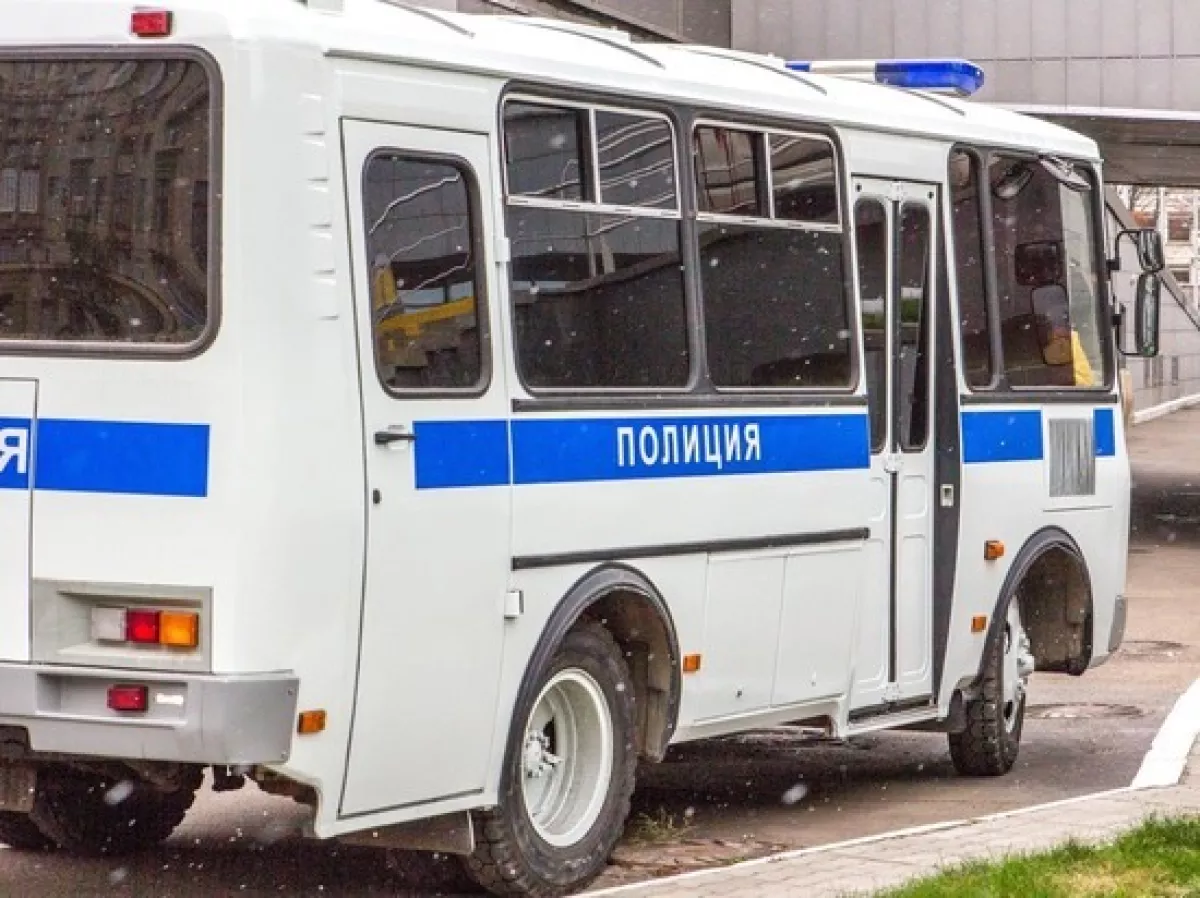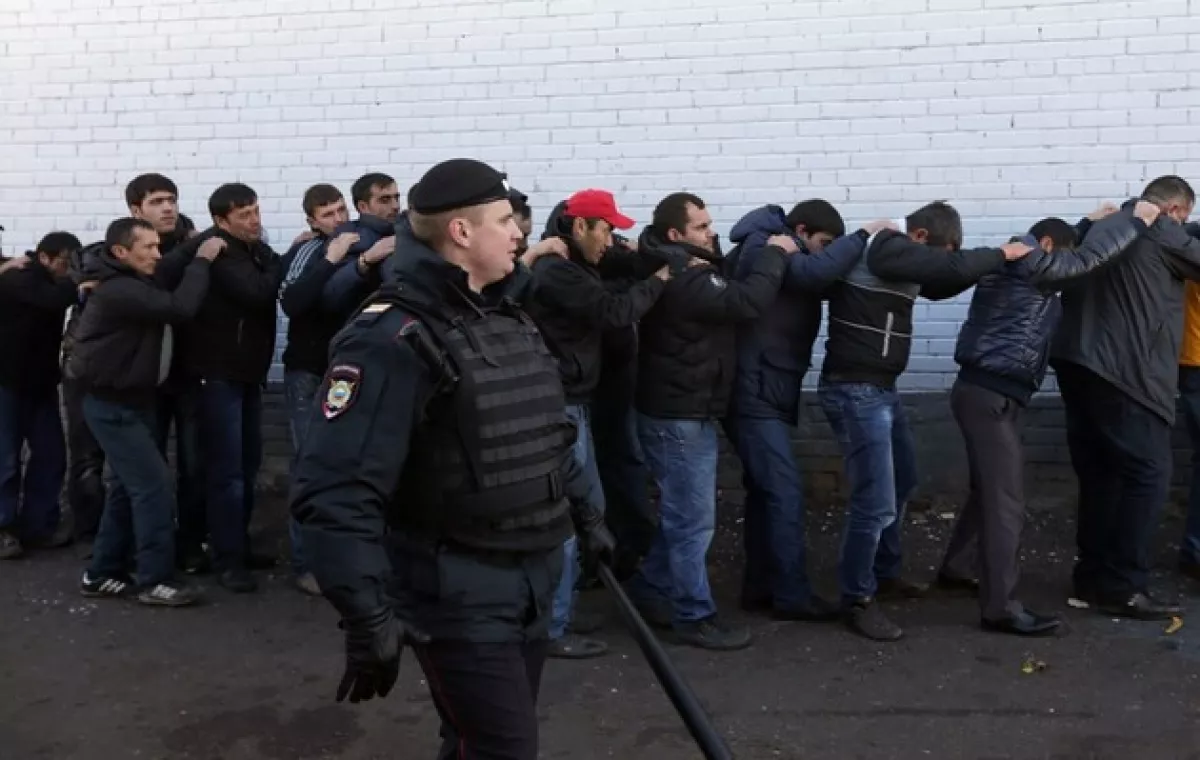Appearance as evidence, faith as a sentence The realities of modern Russia
In today’s Russia, calls for unity and patriotism are growing louder, but behind this façade, a different and disturbing reality is increasingly taking shape — a reality where chauvinism is not rejected but quietly rehabilitated, where such rhetoric is given institutional form, and where the state apparatus becomes not a tool of protection but a mechanism of ethnic and religious oppression. In a country that not long ago prided itself on being “multinational,” Islam, a Caucasian or Asian appearance, and a non-Russian surname are now enough to warrant suspicion, isolation, and violence.
Particularly alarming is the situation faced by Muslims in Russia — both ethnic Muslims from the republics within the Russian Federation and migrant communities from Central Asia and the South Caucasus. They are being systematically conditioned to accept second-class status: through media discrimination, daily humiliation, and systemic violence from those who are supposed to uphold the law. Increasingly, the police and the National Guard behave not as protectors of order, but as punitive squads.
Raids, arbitrary detentions, family blackmail, torture, beatings, and degradation have become the norm rather than the exception. People are taken without explanation, without warrants, without access to lawyers. They are beaten in police vans, tortured into signing confessions for crimes they did not commit, or simply used as a warning to others. Human rights defenders report dozens — if not hundreds — of such cases, but in an environment where state violence is broadly condoned, these testimonies are drowned in a wave of apathy and fear.

The role of special units in this process extends far beyond their conventional mandate. These structures have effectively become the institutionalised successors of the 1990s skinhead gangs, adopting their methods but gaining legitimacy and impunity in the process. Unlike the street thugs of that era, today’s security forces operate with the sanction — and protection — of the state, in uniform and under the guise of serving national interests.
Their actions are no longer fringe or isolated — they have become tools of official policy. The sweeping raids on entire neighbourhoods, mass detentions based solely on “suspicious” appearance, constant humiliation, and the presumption of guilt based on a person’s name or accent are not aberrations. They are systematic practices in which violence is normalised.

Such was the case on April 10 of this year, when Moscow security forces carried out a raid at the “Bodrost” bathhouse near Dmitrovskaya metro station, adjacent to Timiryazevsky Park. Eyewitness footage captured special forces officers in uniform forcing visitors — many of them in their underwear — to lie face down side by side on the floor and crawl down the corridors, either on their stomachs or in a crouch.
Alongside the special forces were so-called “volunteer patrols.” In another video published by Kyrgyz MP Janarbek Akayev, men wearing red armbands can be seen kicking those lying on the floor and even walking directly over their bodies. The raid and the beatings reportedly continued for no less than five hours.
Azerbaijanis occupy a distinct place within this system — not only because the Azerbaijani diaspora is one of the largest in Russia, but also because, in the current political climate, any sign of cohesion is seen as a potential threat. What is happening to Azerbaijanis in Russia goes far beyond pressure; it is a campaign of deliberate intimidation.
Reports from various regions indicate that Azerbaijanis are being detained without cause, beaten in police stations, framed with fabricated charges, and threatened with deportation or criminal prosecution of their family members. All this occurs with tacit approval — and sometimes outright sanction — from the authorities. In such conditions, OMON (the Special Purpose Mobile Unit of the National Guard) has ceased to be a guarantor of public safety and has instead become a tool of ethnic cleansing. And this has not started overnight.
One particularly egregious case occurred in 2017 in the Moscow suburb of Korolyov. There, a fruit vendor from Azerbaijan set himself on fire rather than hand over part of his daily earnings to police officers. According to Moskovsky Komsomolets, Rovshan Allahverdiyev, a native of Tovuz District, had been extorted on a monthly basis by officers from the city’s police department. Initially, the arrangement seemed bearable, but as time passed, the officers’ demands grew, with bribes increasing weekly.
When two officers came for their usual payment and Allahverdiyev refused, a heated argument broke out in front of customers and other vendors. Witnesses say that minutes later, one of the officers — a lieutenant colonel — lost his temper, pulled out a plastic bottle, and began dousing the vendor and his fruit stand with liquid. That was the breaking point for Allahverdiyev. He pulled out a lighter and set himself ablaze. The officers immediately fled the scene while his fellow countrymen rushed to extinguish the flames and took him to the hospital.

In recent years — and especially following Russia’s war of aggression against Ukraine — the situation has rapidly deteriorated. A significant portion of Russian society has succumbed to a form of mass psychosis, one that increasingly projects itself onto those with so-called “Caucasian features.” The violence faced by Muslims, as well as migrants from the South Caucasus and Central Asia, is not the result of spontaneous outbursts of hatred. It is the manifestation of a deliberate ideological choice made by the Russian state — a choice favouring ethnic homogeneity, imperial restoration, and the suppression of any alternative cultural identity.
In the context of war, this policy has taken on especially sinister dimensions. People from the Caucasus and Central Asia are no longer just intimidated — they are being ruthlessly thrown into a war that is not theirs. They are coerced into signing military contracts under the threat of deportation, criminal charges, or lengthy prison terms. There is no real choice: only the front line, degradation, or incarceration.
This practice, actively enabled by the security apparatus, is becoming the new normal. During the waves of partial mobilisation between 2022 and 2024, there were documented cases of young men with Caucasian features being stopped on the street and sent directly to enlistment offices — without any chance to contact their families. Some disappeared, only to resurface later on the front lines. Others, who refused to serve, were beaten, tortured, and forced to sign confessions to crimes they never committed.

It is in this context that chauvinism and Islamophobia — long described as relics of a darker past — are making a grim return to Russia. But this time, they are not the domain of fringe groups. They are embedded in the state hierarchy. Where in the 1990s skinheads operated in alleyways, today their role is carried out by men in uniform, armed and backed by official approval.
The very state that claims to combat extremism has itself become its source. Within this logic, there is no space for equality, dialogue, or diversity. Only fear, submission, and repression remain.
Russia is steadily drifting away from the ideals that once underpinned its vision of a multinational society. In place of coexistence, there is segregation. In place of dialogue, the baton. In place of respect for diversity, an attempt to enforce uniformity through coercion.
In such conditions, the suffering of Muslims and members of non-Russian ethnic groups is not merely a collection of personal tragedies — it is a symptom of a deeper malaise. A sickness within the state itself, which is dismantling its own foundations and extinguishing what remains of its social fabric. History offers no shortage of examples of regimes that sought unity through repression of the “other.” All of them ended the same way — in disgrace and oblivion.








